Home>Storage Ideas>Storage Baskets>How Were Tobacco Baskets Used
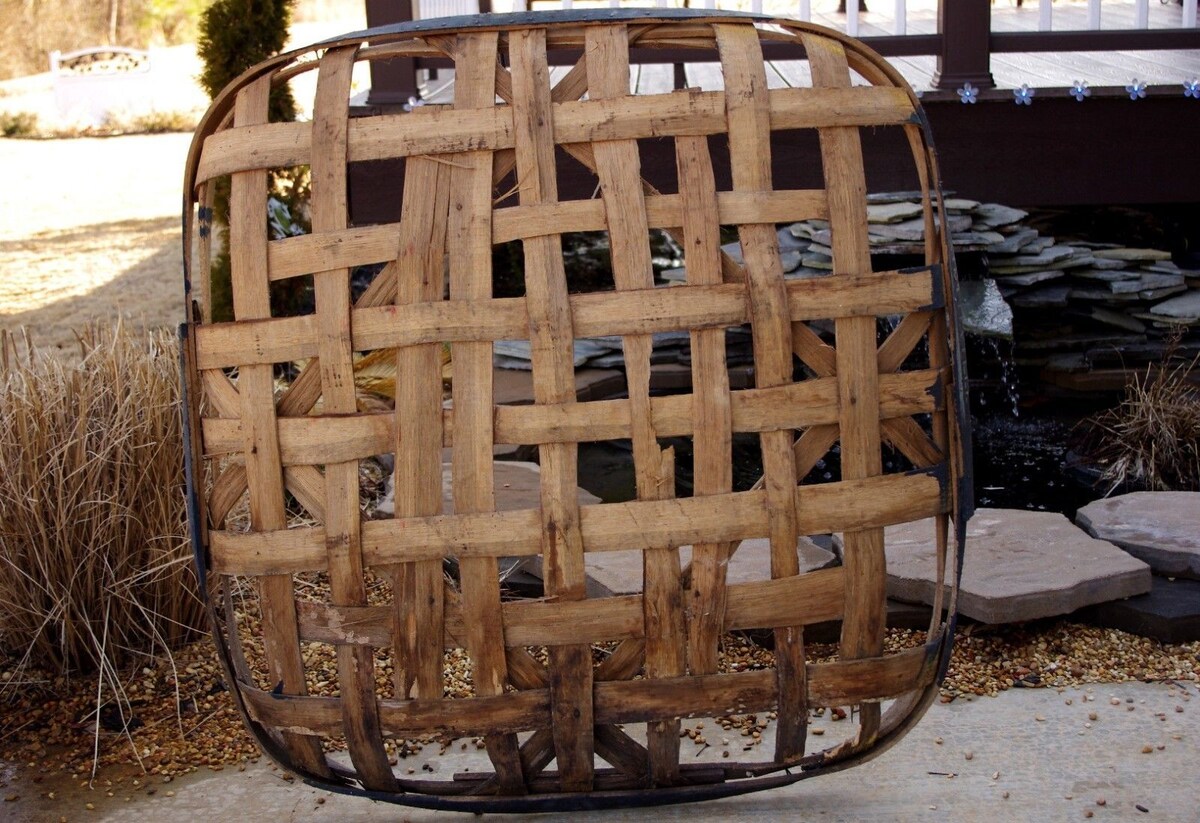

Storage Baskets
How Were Tobacco Baskets Used
Modified: March 23, 2024
Discover the history and uses of tobacco baskets, popular storage baskets in the past. Learn how tobacco baskets were used for drying and storing tobacco leaves.
(Many of the links in this article redirect to a specific reviewed product. Your purchase of these products through affiliate links helps to generate commission for Storables.com, at no extra cost. Learn more)
Introduction
Welcome to the world of storage baskets, where functionality meets style. In this article, we’ll delve deep into the world of storage baskets and explore their diverse uses and designs. Whether you’re looking to declutter your home, organize your belongings, or add a touch of aesthetic appeal to your space, storage baskets are the perfect solution.
Storage baskets have been used for centuries as a practical and versatile storage solution. From ancient woven baskets used by early civilizations to modern-day storage bins, baskets have evolved to meet the changing needs and tastes of people around the world.
The beauty of storage baskets lies in their simplicity and ease of use. Made from various materials such as wicker, rattan, bamboo, or fabric, they come in an array of shapes, sizes, and designs to suit every need and interior style.
Whether you’re looking to store toys, blankets, magazines, or even fruits and vegetables, there’s a storage basket available for every purpose. With their sturdy construction and spacious interiors, you can trust that your belongings will be safely and neatly stored away.
Not only are storage baskets practical, but they also add a touch of warmth and character to any space. With their natural textures and beautiful craftsmanship, storage baskets can effortlessly enhance the decor of any room. From rustic farmhouse vibes to bohemian chic aesthetics, you can find a storage basket that complements your personal style.
But storage baskets are not just limited to indoor use. They can also be a great addition to your outdoor spaces, such as patios or gardens. You can use them to store gardening tools, cushions, or even as planters for your favorite flowers or herbs.
In addition to their functional and aesthetic value, storage baskets also promote organization and efficiency. By providing designated spaces for your belongings, they help you maintain a clutter-free environment and make it easier to find what you need when you need it. No more searching through piles of stuff or dealing with messy shelves!
Whether you’re a minimalist seeking a clutter-free lifestyle or a decor enthusiast looking for stylish storage solutions, storage baskets are a must-have accessory. Join us as we explore the history, design, usage, auctioning, and preservation of storage baskets, and discover why they have stood the test of time as an essential storage item in every home.
Key Takeaways:
- Tobacco baskets have a rich history rooted in the tobacco industry, serving as essential tools for handling and preserving cured tobacco leaves. Their durability and ventilation design made them versatile for various storage needs beyond tobacco cultivation.
- Collectors play a vital role in preserving the cultural and historical importance of tobacco baskets, ensuring that their craftsmanship and stories are celebrated for future generations. These unique artifacts serve as tangible links to our past and local heritage.
Read more: How To Decorate Tobacco Baskets
History of Tobacco Baskets
Tobacco baskets have a rich history deeply rooted in the cultivation and production of tobacco, a staple crop in many parts of the world. These baskets were integral to the tobacco industry and played a crucial role in the harvesting and processing of tobacco leaves.
Originating in the United States during the 19th century, tobacco baskets were primarily used in the tobacco-growing regions of the South, such as Virginia, Kentucky, and North Carolina. As tobacco cultivation expanded, so did the need for efficient and effective ways to handle and transport the harvested tobacco leaves.
Originally, tobacco leaves were dried and cured in large tobacco barns. Once ready for processing, the leaves had to be carefully handled to avoid damage and maintain their quality. This is where tobacco baskets came into play.
Tobacco baskets were typically made from strong, durable materials such as wood or woven wicker. They were designed with specific features to enable the safe transportation and storage of tobacco leaves. The most common shape of a tobacco basket is rectangular, with sturdy handles on each side for easy lifting and carrying.
These baskets were carefully crafted to have an open weave pattern, providing adequate ventilation for the tobacco leaves. Proper airflow was essential to prevent mold and maintain the desired quality of the cured leaves. The open design also allowed excess moisture to escape, preventing the leaves from becoming too damp and losing their potency.
During harvesting, cured tobacco leaves were carefully placed in the baskets, ensuring they were not overcrowded to prevent damage. The filled baskets were then transported to the tobacco processing facilities, where the leaves would undergo further sorting, grading, and preparation for sale.
For farmers and workers in the tobacco industry, tobacco baskets were not just a tool; they were a symbol of their livelihood and hard work. These baskets were a common sight in tobacco farms, where rows of filled tobacco baskets waiting for transport painted a picture of a thriving industry.
With the decline of the tobacco industry in many regions, tobacco baskets have become more of a nostalgic reminder of a bygone era. However, their significance and historical value have not diminished. Today, antique tobacco baskets are highly sought after by collectors and enthusiasts who appreciate their craftsmanship and historical significance.
While tobacco baskets may no longer be used in the same capacity as they once were, they serve as a reminder of the rich history and cultural heritage associated with tobacco cultivation. Their practical design and sturdy construction continue to inspire the creation of storage baskets for various purposes, carrying on the legacy of these iconic agricultural tools.
Design and Construction of Tobacco Baskets
The design and construction of tobacco baskets were crucial in ensuring the efficient handling and storage of tobacco leaves. These baskets were crafted with specific features to withstand the weight of the leaves and provide adequate ventilation for proper preservation.
Tobacco baskets were traditionally made from durable materials such as wood or woven wicker. The choice of material was essential to ensure the longevity of the baskets and protect the delicate tobacco leaves. Wooden basket construction involved carefully assembling wooden slats or planks to form the sides and base of the basket. The slats were secured using nails or staples, creating a sturdy framework capable of holding the weight of the tobacco leaves.
Woven wicker baskets, on the other hand, were crafted using the intricate art of basket weaving. Skilled artisans would use thin, flexible wicker or reed materials to weave a strong and durable structure. The weaving process involved interlacing the wicker strands in a specific pattern to create a sturdy basket. This weaving technique allowed for flexibility while maintaining the necessary strength and durability.
The size and shape of tobacco baskets varied depending on regional preferences and the quantity of tobacco being harvested and transported. The most common shape was rectangular, with some variations featuring slightly curved sides. Handles were an essential component of tobacco basket design, as they made it easier to lift and carry the baskets.
One notable feature of tobacco baskets was their open weave pattern. The carefully crafted open design allowed for proper air circulation, ensuring that the tobacco leaves remained well-ventilated. This ventilation was crucial in preventing mold and maintaining the quality of the cured leaves. The open weave also allowed excess moisture to escape, preventing the leaves from becoming too damp and losing their desired characteristics.
The craftsmanship of tobacco baskets was often a combination of functional design and aesthetic appeal. While the primary focus was on practicality, artisans would often incorporate decorative elements into the basket’s construction. This could include intricate patterns or decorative accents, adding a touch of elegance to the baskets.
Over the years, the design and construction of tobacco baskets have evolved to meet the needs of modern users. While traditional materials like wood and wicker are still used, variations using materials such as metal or plastic have also emerged. Modern tobacco baskets may feature additional features like collapsible designs for easy storage or stackable options for efficient use of space.
Regardless of the specific design and materials used, the construction of tobacco baskets continues to prioritize durability, functionality, and proper ventilation. These features ensure that these baskets can be used for a variety of storage purposes, while paying homage to their historical roots in the tobacco industry.
Usage of Tobacco Baskets
Tobacco baskets had a wide range of uses, primarily centered around the handling, transportation, and storage of tobacco leaves. These versatile baskets played a crucial role in the tobacco industry, ensuring the preservation and quality of harvested tobacco.
One of the main uses of tobacco baskets was during the harvesting process. After tobacco leaves were carefully cured in tobacco barns, they were hand-picked and placed in the baskets. The open weave design of the baskets allowed for proper airflow, preventing the leaves from developing mold or becoming too damp. Farmers and workers would carefully fill the baskets, ensuring that the leaves were not overcrowded and maintaining their integrity.
Once filled, tobacco baskets were then transported to tobacco processing facilities. The sturdy construction and handles of the baskets made it convenient for workers to lift and carry them to the processing area. Efficient transportation was crucial to preserve the quality and prevent any damage to the cured tobacco leaves.
At the processing facilities, tobacco baskets played a vital role in the sorting and grading of tobacco leaves. The open design of the baskets allowed workers to easily inspect the leaves for quality and discard any damaged or inferior ones. The baskets also served as temporary storage for the graded and sorted leaves before they were further processed for sale.
In addition to their use in the tobacco industry, tobacco baskets found their way into other areas of daily life. Outside of tobacco cultivation, these versatile baskets were repurposed for various storage needs. Their sturdy construction and ample space made them ideal for holding and organizing a range of items.
In households, tobacco baskets were often used to store or transport fruits and vegetables. The open weave pattern allowed for air circulation, keeping the produce fresh. These baskets were also employed as functional and decorative elements in rustic or farmhouse-themed interiors, adding both style and storage space.
Furthermore, tobacco baskets became popular as picnic baskets due to their durability and capacity. Families and individuals could pack their food, drinks, and essentials in these baskets and enjoy an outdoor meal. Their lightweight design and sturdy handles made them convenient for carrying to parks, beaches, or camping trips.
In recent times, as the appreciation for vintage and antique items has grown, tobacco baskets have become highly sought after by collectors and enthusiasts. These baskets are valued for their historical significance, craftsmanship, and uniqueness. They are often displayed in homes, antique shops, or used as decorative accents in various settings.
Overall, the usage of tobacco baskets extends beyond their initial purpose in the tobacco industry. These versatile baskets continue to serve practical and decorative functions in modern-day settings, showcasing their enduring appeal and adaptability.
Tobacco baskets were used to cure and store tobacco leaves. They were typically hung in barns to allow air circulation for the curing process.
Auctioning and Marketing of Tobacco Baskets
Tobacco baskets hold a special place in the world of collectibles and antiques, attracting the attention of enthusiasts and collectors alike. The auctioning and marketing of these baskets have become a niche market, where their historical significance and unique craftsmanship are showcased and valued.
Antique dealers, collectors, and auction houses recognize the appeal and demand for tobacco baskets, particularly those with a rich history and exceptional design. These baskets are often featured in specialized auctions, where individuals can bid on and purchase them for their personal collections or as investment pieces.
The auction process for tobacco baskets typically involves the careful examination and evaluation of each basket’s condition, age, provenance, and aesthetics. Expert appraisers assess the craftsmanship and historical value of the baskets, which greatly influences their auctioned prices.
Marketing plays a significant role in creating awareness and generating interest in tobacco basket auctions. Auction houses and dealers utilize various platforms to promote the upcoming auctions, such as online marketplaces, social media platforms, and traditional print advertisements.
Online marketplaces have become popular avenues for marketing and auctioning tobacco baskets. These platforms allow collectors and interested buyers from around the world to view and participate in auctions remotely, expanding the reach and accessibility of these unique items.
The marketing efforts often highlight the exceptional features and historical significance of each tobacco basket. Detailed descriptions, high-quality photographs, and relevant historical information are provided to captivate potential buyers and create a sense of appreciation for these collectibles.
Collectors and enthusiasts are attracted to tobacco baskets due to their scarcity and uniqueness. Each basket tells a story of its origin, age, and the craftsmanship of its maker. Buyers appreciate the opportunity to own a piece of history, embracing the character and charm that antique tobacco baskets bring to their collections.
Furthermore, marketing efforts focus on educating potential buyers about the various design elements and regional influences seen in tobacco baskets. From different weaving techniques to regional variations in size and shape, these details add depth and value to each basket, making them more desirable to collectors.
Marketing extends beyond auctions, as antique dealers often incorporate tobacco baskets into their regular inventory. By showcasing these baskets in their stores and online platforms, dealers cater to customers who appreciate the charm and functionality of these vintage items. Marketing strategies may include pairing tobacco baskets with complementary antique pieces, creating curated displays that inspire interior decor enthusiasts.
The auctioning and marketing of tobacco baskets have propelled these functional agricultural tools into the realm of highly sought-after collectibles. With their unique designs, historical significance, and scarcity, these baskets continue to draw attention and appreciation from collectors and individuals who value the craftsmanship and story behind each piece.
Read more: How To Store Tobacco
Preservation and Collecting of Tobacco Baskets
Preservation and collecting of tobacco baskets have become endeavors for individuals passionate about preserving history and appreciating the unique craftsmanship of these functional objects. Through proper care and thoughtful curation, collectors ensure that these baskets are preserved for future generations to admire and learn from.
Preservation starts with understanding the materials and construction of tobacco baskets. The baskets’ longevity relies on maintaining their structural integrity and protecting them from environmental factors such as moisture, pests, and excessive sunlight. Collectors take great care in storing these baskets in a controlled environment, such as a climate-controlled space or a display cabinet with UV-protected glass.
Recognizing the value of these baskets as historical artifacts, collectors often conduct research to learn about the specific time period and region of each basket they acquire. They delve into the history of tobacco cultivation and the significance of tobacco baskets in the industry to fully appreciate the cultural and historical contexts.
Collectors are drawn to the uniqueness and variation seen in tobacco baskets. Each basket may have distinct design elements, weaving patterns, or regional characteristics that contribute to its charm and value. They seek to build comprehensive collections that represent the diversity and evolution of tobacco basket designs over time.
Gaining access to authentic and quality tobacco baskets involves attending antique shows, visiting specialized dealers, networking with fellow collectors, and participating in auctions. Collectors may also reach out to museums or historical societies to explore potential acquisitions or borrow baskets for research and educational purposes.
In addition to acquiring baskets, collectors contribute to the preservation of these artifacts by documenting and sharing their collections. They meticulously record the provenance, dimensions, and any notable details of each basket. Collectors may compile catalogs or online databases that serve as valuable resources for other enthusiasts, researchers, or educators.
Collecting tobacco baskets can be a personal passion, but it is also a way of preserving a historical narrative and celebrating the skill and craftsmanship of the artisans who made them. By sharing their collections through exhibitions or educational programs, collectors foster a deeper understanding and appreciation for the cultural significance of tobacco baskets.
Moreover, collectors often engage in community outreach efforts to raise awareness about the importance of preserving and appreciating these unique pieces of history. They may collaborate with local historical societies, schools, or museums to organize exhibitions or workshops that showcase the beauty and significance of tobacco baskets in the context of regional heritage.
Through their dedication and commitment, collectors play a vital role in the ongoing preservation and understanding of tobacco baskets. These objects serve as tangible links to our past, reminding us of the rich history and craftsmanship associated with tobacco cultivation and its impact on local communities.
As collectors continue to cherish and expand their collections, the legacy of tobacco baskets lives on, ensuring that these intriguing artifacts remain a source of inspiration and appreciation for generations to come.
Conclusion
Storage baskets have long been a valuable and versatile tool for organizing and beautifying our homes. From their humble beginnings in ancient civilizations to the modern-day variety of designs and materials, storage baskets have stood the test of time.
In this article, we explored the world of storage baskets and delved deep into the fascinating realm of tobacco baskets. These unique baskets played a crucial role in the tobacco industry, from the cultivation and harvesting of tobacco leaves to their transportation and storage.
The history of tobacco baskets is closely intertwined with the rise and decline of the tobacco industry, particularly in southern regions of the United States. These baskets were meticulously designed and constructed to ensure the safe handling and preservation of cured tobacco leaves.
With their durability and open weave pattern, tobacco baskets allowed for proper ventilation, preventing mold and maintaining the desired quality of the tobacco. Beyond their use in the tobacco industry, these versatile baskets found their way into various aspects of daily life, serving as practical storage solutions for fruits and vegetables, as well as decorative elements in interior and outdoor spaces.
The allure of tobacco baskets extends beyond their practicality, as collectors and enthusiasts are drawn to their historical significance and unique craftsmanship. These baskets have become highly sought after in the world of collectibles, with auction houses and antique dealers recognizing their value and organizing specialized auctions to showcase and sell them.
Preservation and collecting of tobacco baskets involves careful curation, research, and documentation. Collectors play a vital role in preserving the cultural and historical importance of these baskets, ensuring that their craftsmanship and stories are celebrated for future generations.
As we conclude our exploration of storage baskets and the intriguing world of tobacco baskets, we are reminded of the lasting impact that these functional objects have had on our history and culture. From their practical uses in storage and organization to their status as collectible and cherished artifacts, storage baskets continue to captivate and inspire.
So, whether you’re looking for a practical storage solution or a unique piece of history to add to your collection, storage baskets, including the captivating tobacco baskets, offer a perfect blend of functionality and aesthetics. Embrace their versatility and craftsmanship, and let these baskets bring order, beauty, and a touch of history to your space.
Frequently Asked Questions about How Were Tobacco Baskets Used
Was this page helpful?
At Storables.com, we guarantee accurate and reliable information. Our content, validated by Expert Board Contributors, is crafted following stringent Editorial Policies. We're committed to providing you with well-researched, expert-backed insights for all your informational needs.
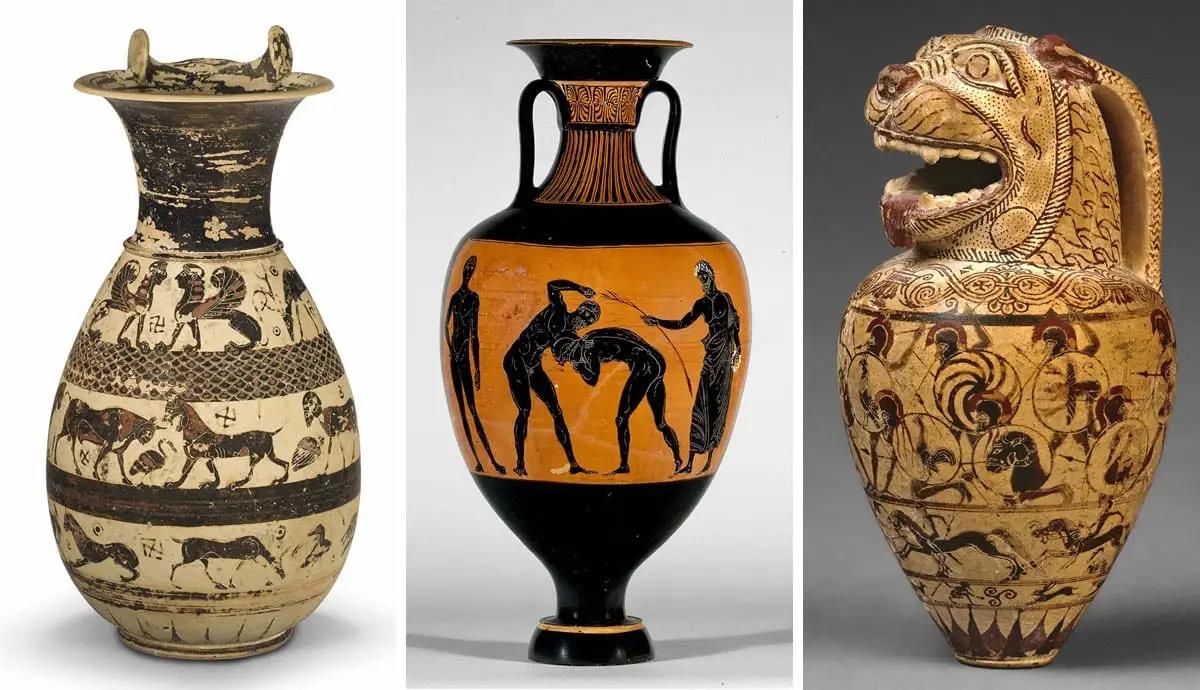
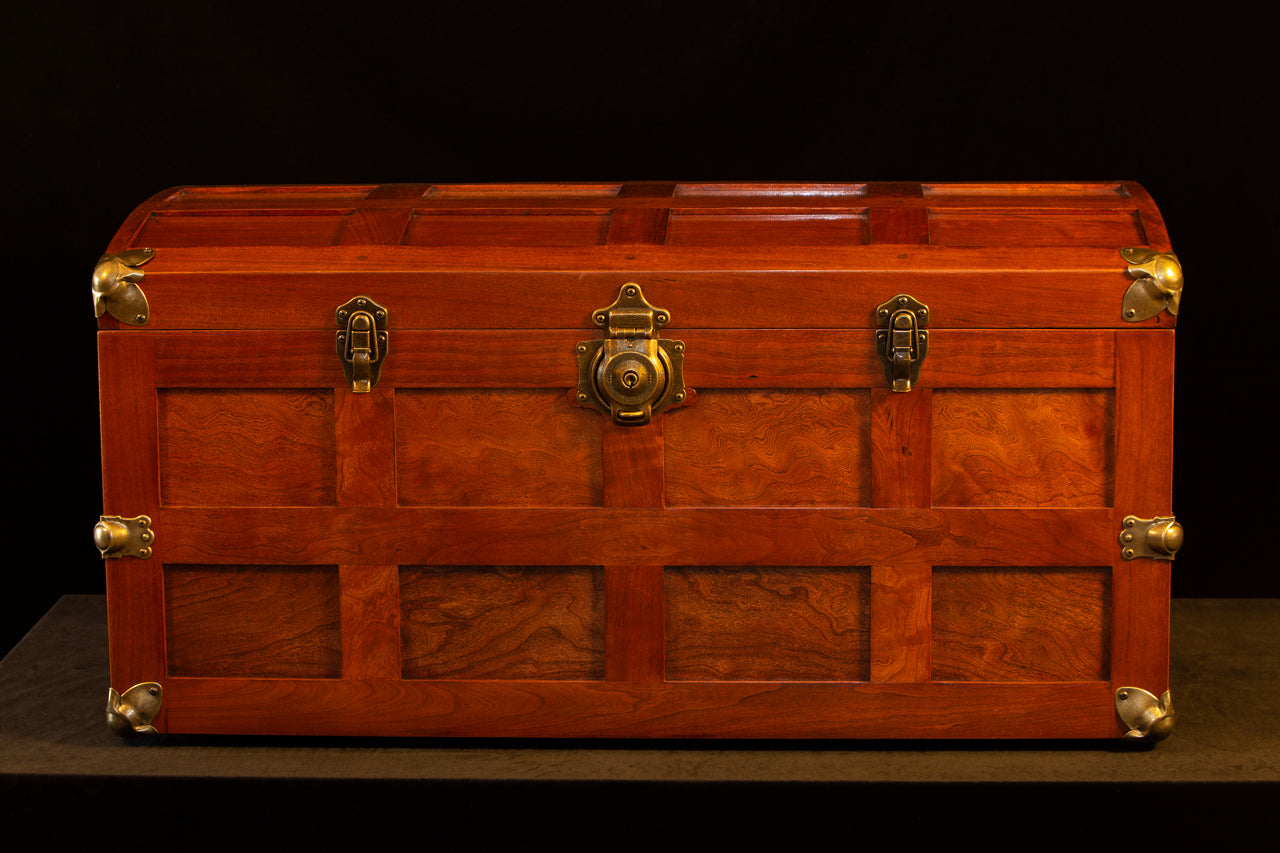
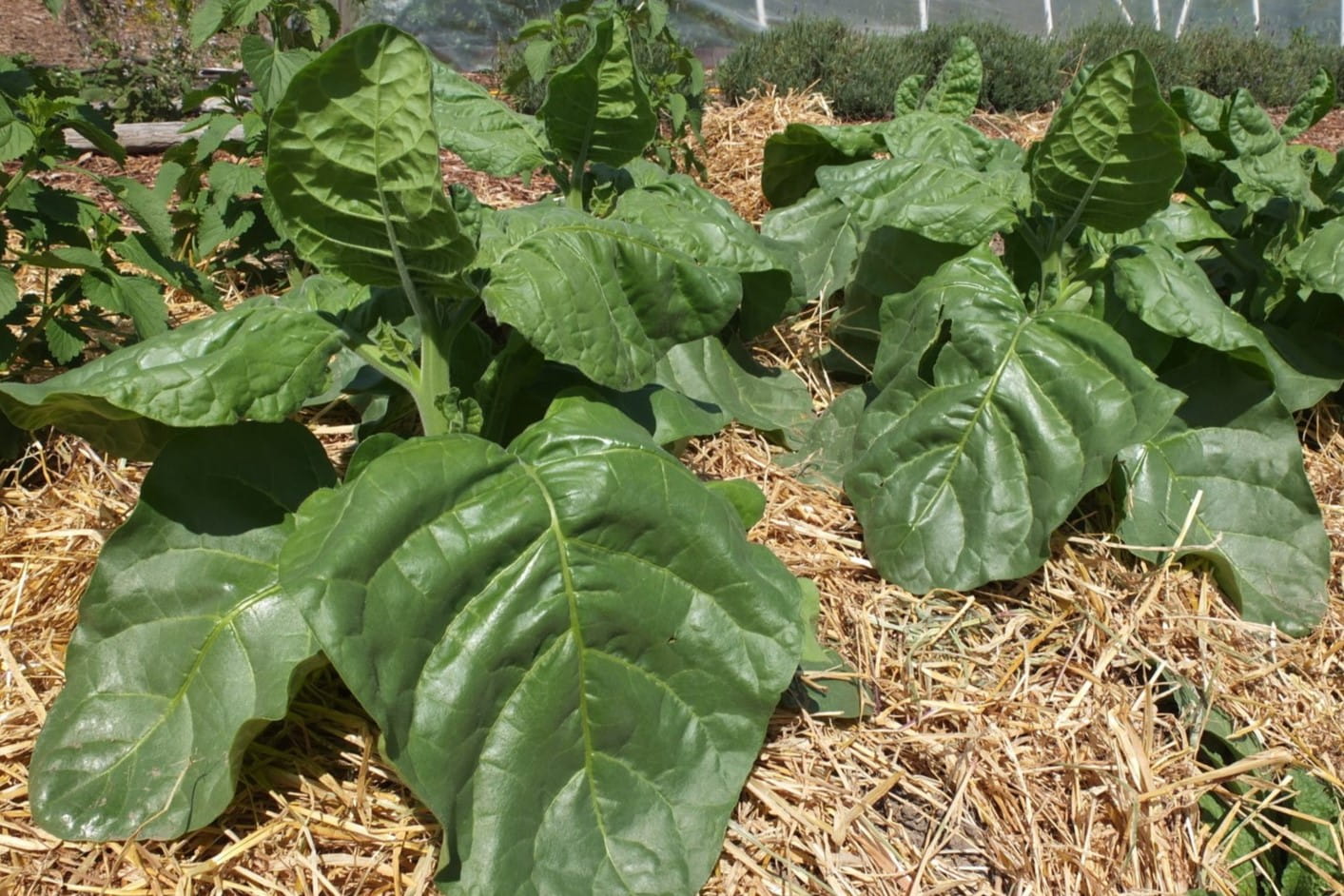





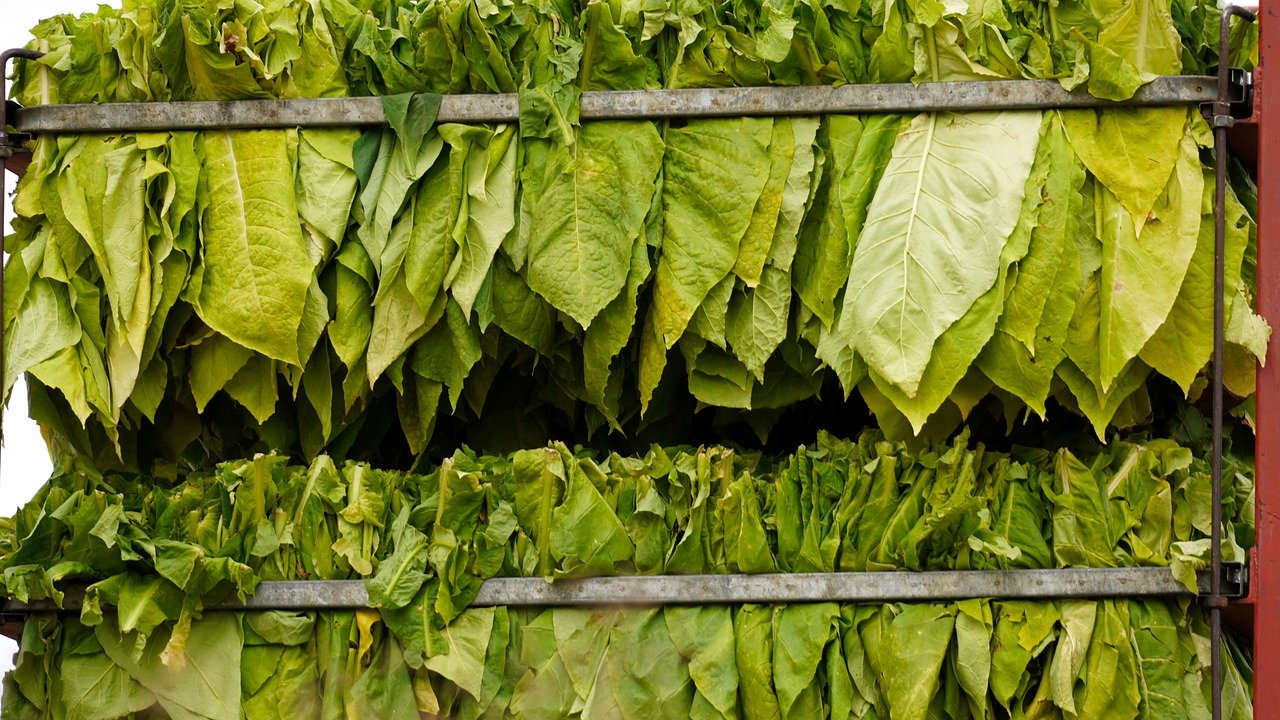

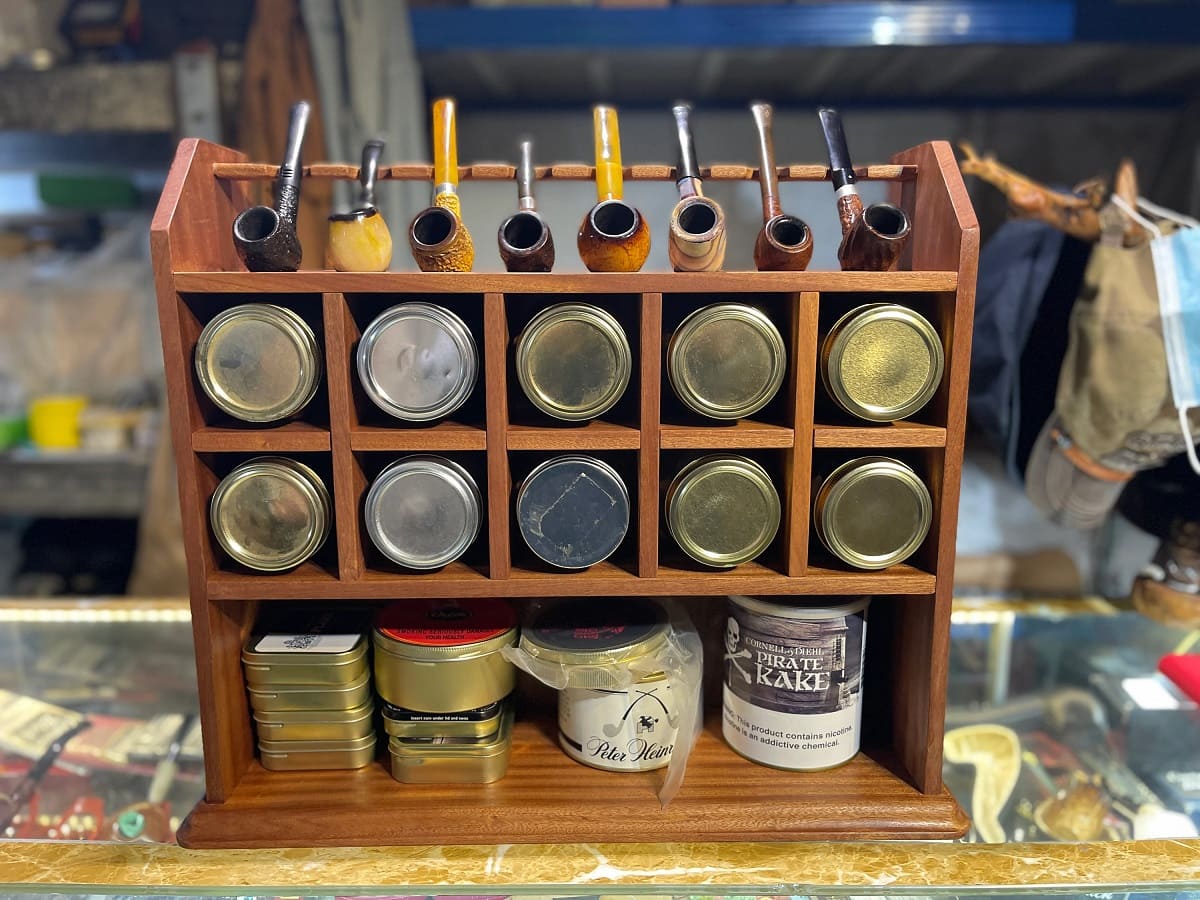


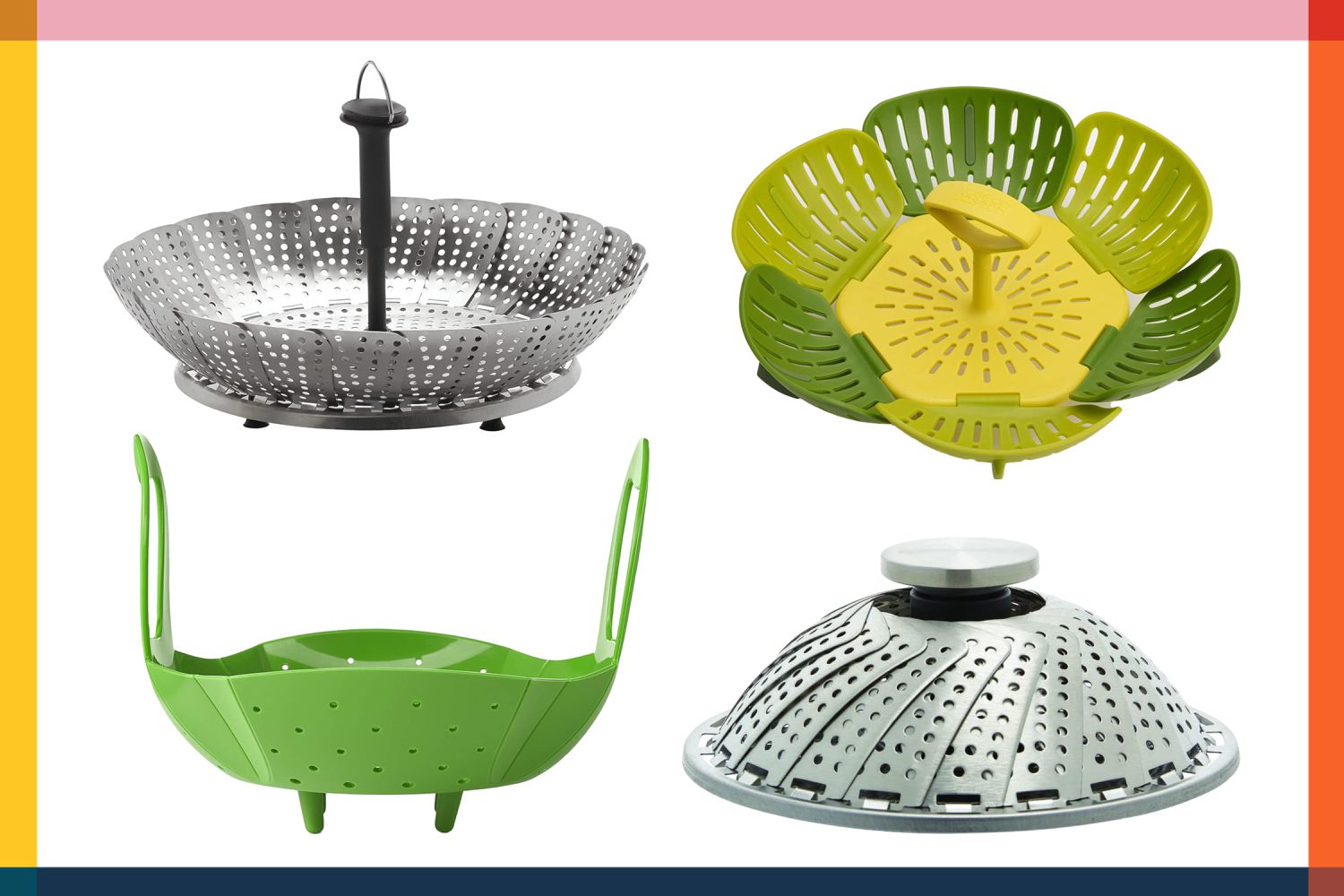

0 thoughts on “How Were Tobacco Baskets Used”